Datsun 280 ZZZAP!
The Game: Get behind the wheel for a late-night drive – at high speeds! The only visual clues about the road ahead are the reflectors zooming past. Avoid going off the road and go the distance. (Midway, 1976)
Memories: In the wake of Nolan Bushnell’s gambit to topple the exclusive arcade distribution system (see the Phosphor Dot Fossils entry for Tank!), a clever move that would turn modern antitrust lawyers into a pack of baying wolves, direct copying of other companies’ arcade code and circuitry was off the table. Now the competition merely duplicated Atari‘s game concepts rather than every line of code. [read more]

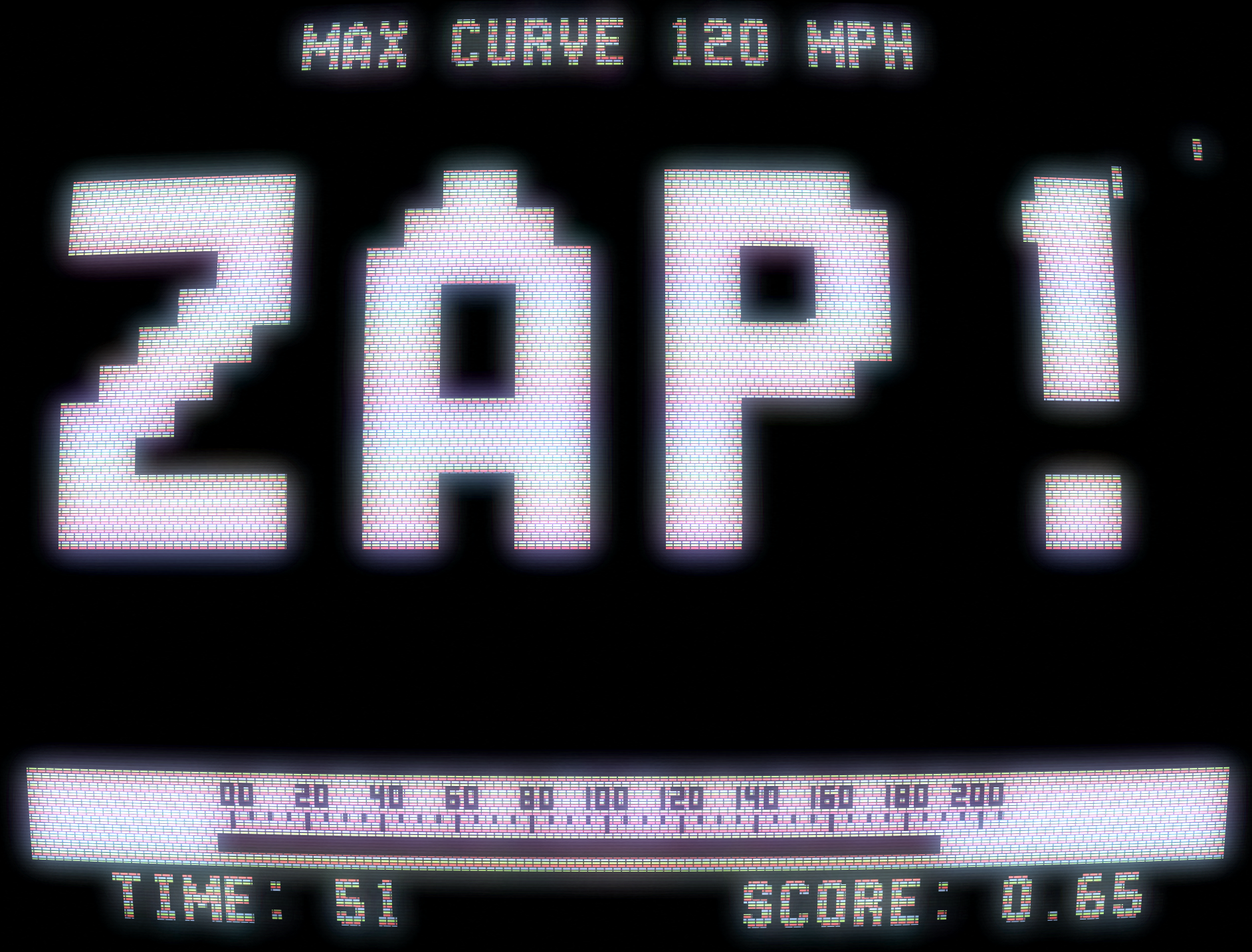
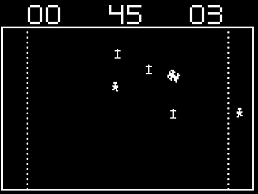 The Game: Two players control one car each, careening freely around an arena filled with zombies. Faced with zombie-fication at the pedestrian crossing of the undead, the drivers have only one option: run over their opponents! Each zombie that’s squashed leaves a grave marker behind that becomes an unmovable obstacle to zombies and cars alike. Whoever has run over the most zombies by the end of the timed game wins. (Exidy, 1976)
The Game: Two players control one car each, careening freely around an arena filled with zombies. Faced with zombie-fication at the pedestrian crossing of the undead, the drivers have only one option: run over their opponents! Each zombie that’s squashed leaves a grave marker behind that becomes an unmovable obstacle to zombies and cars alike. Whoever has run over the most zombies by the end of the timed game wins. (Exidy, 1976)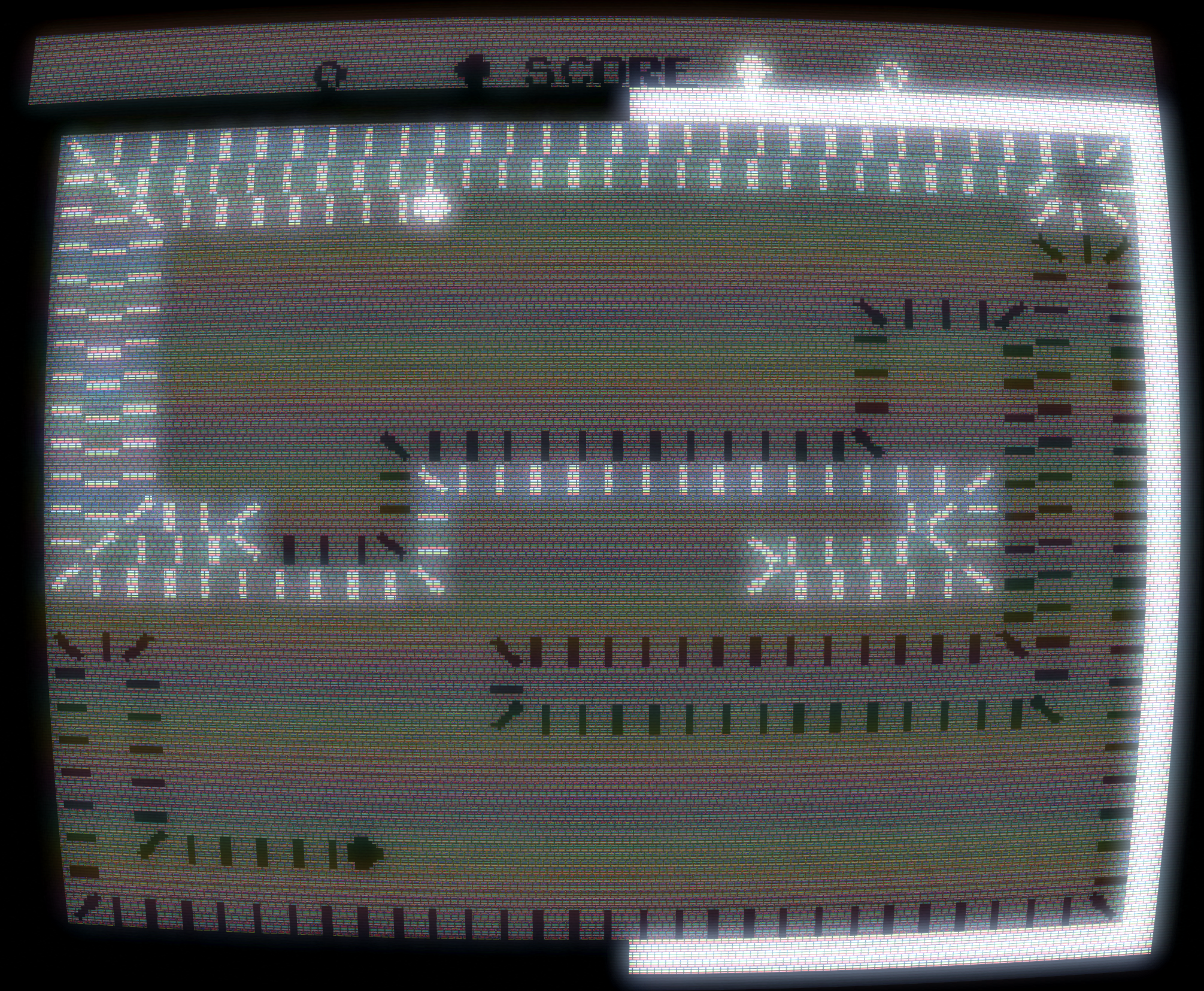
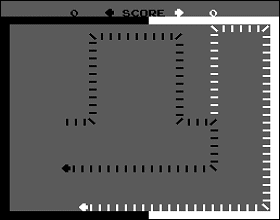 The Game: Up to two players control markers that leave a trail of dominos in their wake. The object of the game is to trap the other players by laying a wall of dominos around them that they can’t avoid crashing into – or forcing them to run into their own walls. Coming into contact with a line of dominos, either you own or someone else’s, collapses your own trail and ends your turn. The player still standing at the end of the round wins. (Atari, 1977)
The Game: Up to two players control markers that leave a trail of dominos in their wake. The object of the game is to trap the other players by laying a wall of dominos around them that they can’t avoid crashing into – or forcing them to run into their own walls. Coming into contact with a line of dominos, either you own or someone else’s, collapses your own trail and ends your turn. The player still standing at the end of the round wins. (Atari, 1977)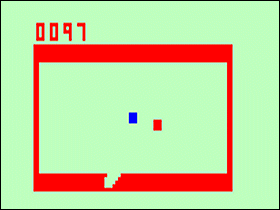 The Game: Trapped in a square or rectangular arena, the player is represented by a mobile square. Another projectile punches its way into the arena and begins ricocheting around; points accumulate rapidly the longer the player’s square avoids contact with the projectile, but starting at 200 points, an additional projectile is added every 100 points, each on its own chaotic, bouncing path. The game ends when the player inevitably collides with one of these projectiles. (Fairchild, 1978)
The Game: Trapped in a square or rectangular arena, the player is represented by a mobile square. Another projectile punches its way into the arena and begins ricocheting around; points accumulate rapidly the longer the player’s square avoids contact with the projectile, but starting at 200 points, an additional projectile is added every 100 points, each on its own chaotic, bouncing path. The game ends when the player inevitably collides with one of these projectiles. (Fairchild, 1978)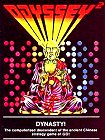 The Game: Purporting to be based on the ancient Chinese game of Go, Dynasty! is actually more of a variation of Othello. The same strategies apply, and can be played with two players, one against the computer, or – for those who are feeling a little bit lazy – the computer vs. itself. (Magnavox, 1979)
The Game: Purporting to be based on the ancient Chinese game of Go, Dynasty! is actually more of a variation of Othello. The same strategies apply, and can be played with two players, one against the computer, or – for those who are feeling a little bit lazy – the computer vs. itself. (Magnavox, 1979)

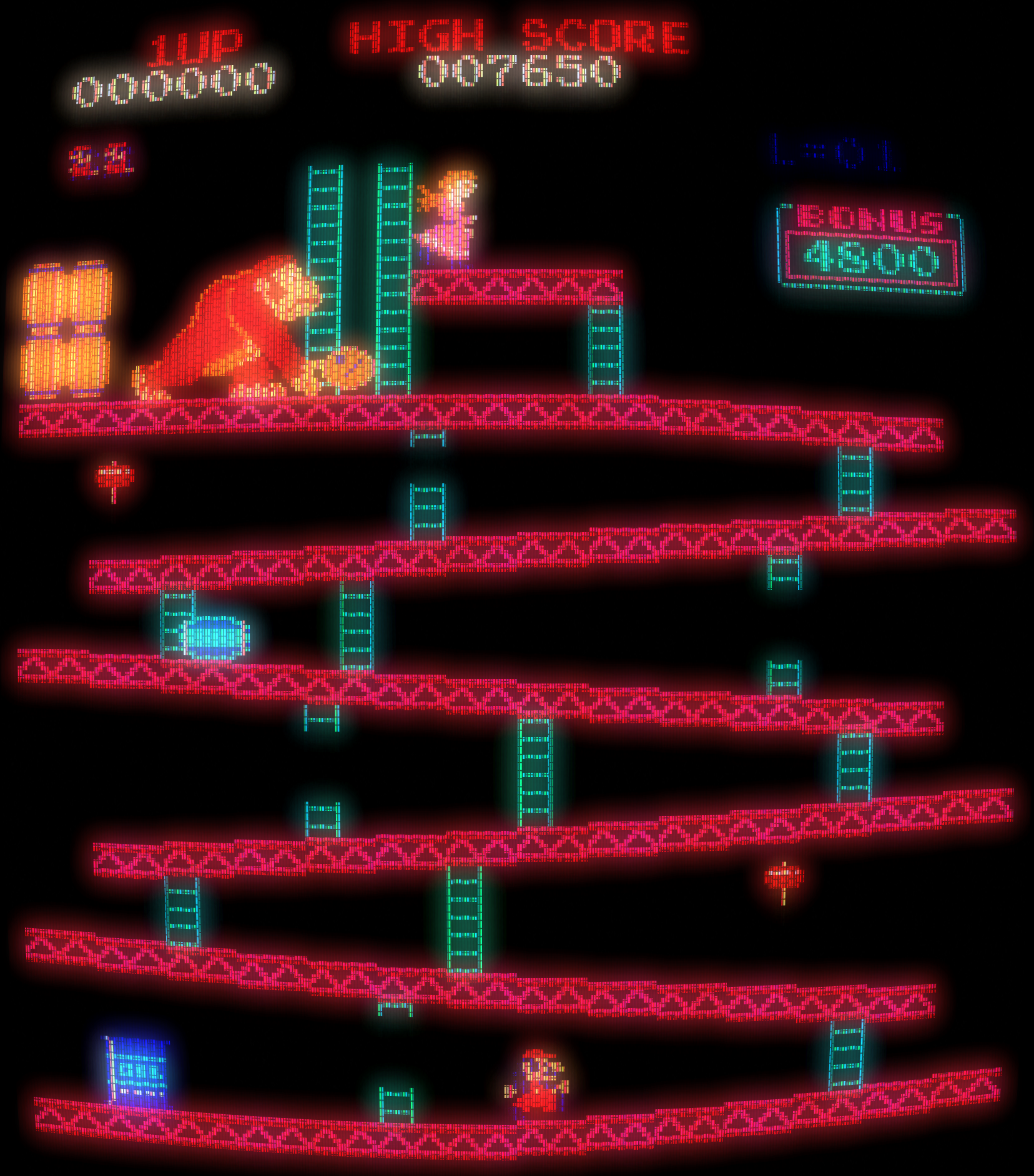
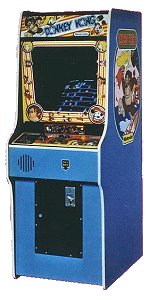 The Game: An oversized gorilla kidnaps Mario’s girlfriend and hauls her up to the top of a building which is presumably under construction. You are Mario, dodging Donkey Kong’s never-ending hail of rolling barrels and “foxfires” in your attempt to climb to the top of the building and topple Donkey Kong. You can actually do this a number of times, and then the game begins again with the aforementioned girlfriend in captivity once more. (Nintendo, 1981)
The Game: An oversized gorilla kidnaps Mario’s girlfriend and hauls her up to the top of a building which is presumably under construction. You are Mario, dodging Donkey Kong’s never-ending hail of rolling barrels and “foxfires” in your attempt to climb to the top of the building and topple Donkey Kong. You can actually do this a number of times, and then the game begins again with the aforementioned girlfriend in captivity once more. (Nintendo, 1981)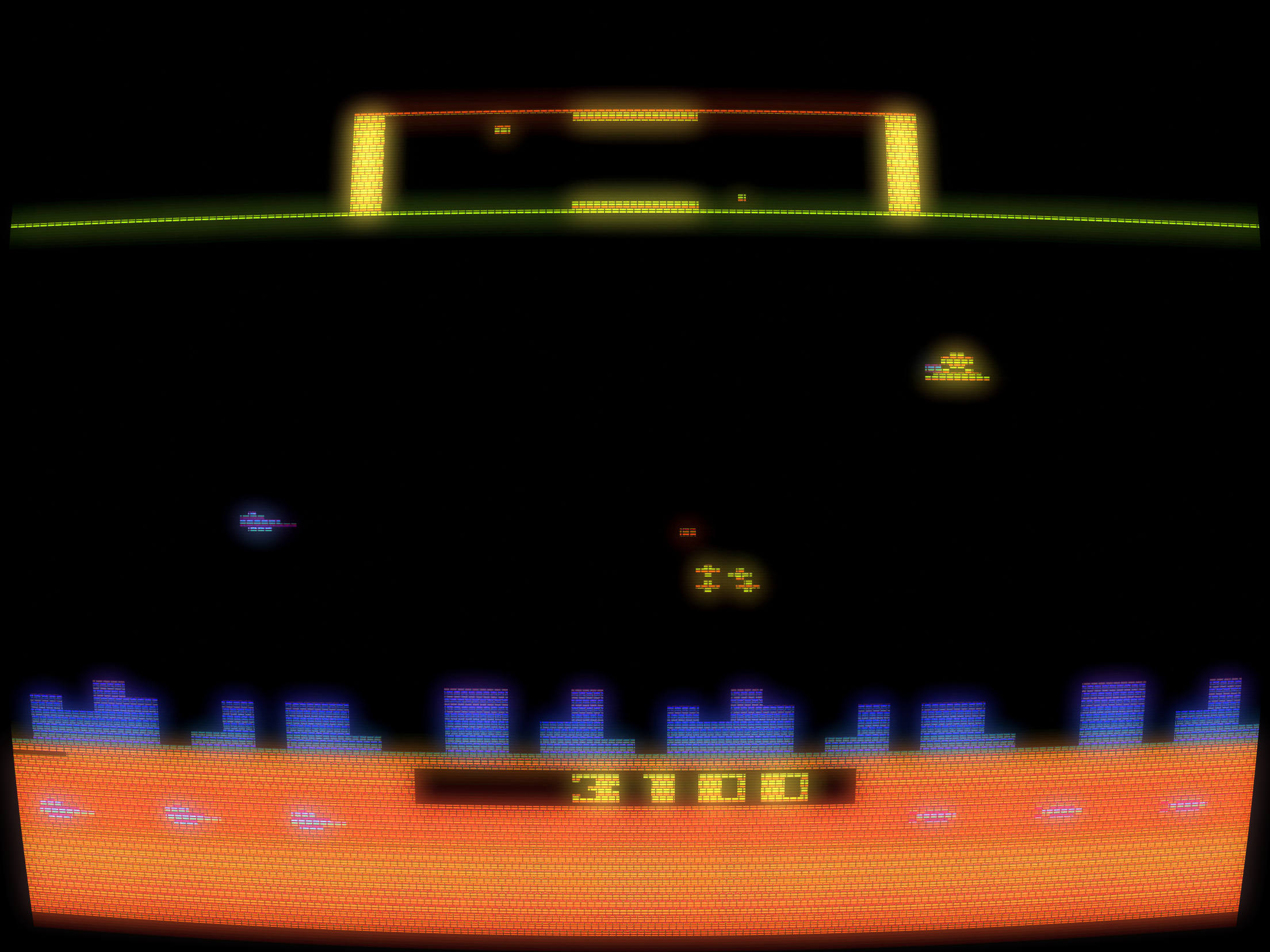
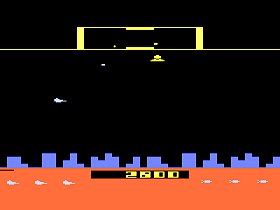 The Game: You’re a lone space pilot in very unfriendly territory, trying to stop a seemingly endless attacking fleet of aliens from kidnapping and “mutating” hapless innocents on the ground into new berzerker opponents. (Atari, 1981)
The Game: You’re a lone space pilot in very unfriendly territory, trying to stop a seemingly endless attacking fleet of aliens from kidnapping and “mutating” hapless innocents on the ground into new berzerker opponents. (Atari, 1981) You’re on the dance floor, they’ve dimmed the lights, the feeling is right, and you’re gonna boogie tonight. Leaving temporary, light-cycle-style tracers behind you, you have to impress all the lovely ladies by literally skating circles around them. When you accomplish this, you claim a bit of territory on the dance floor. (Data East, 1982)
You’re on the dance floor, they’ve dimmed the lights, the feeling is right, and you’re gonna boogie tonight. Leaving temporary, light-cycle-style tracers behind you, you have to impress all the lovely ladies by literally skating circles around them. When you accomplish this, you claim a bit of territory on the dance floor. (Data East, 1982)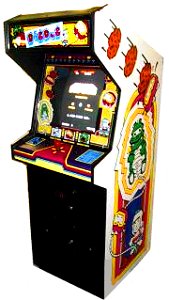 The Game: You are Dig Dug, an intrepid gardener whose soil is infested with pesky Pookas and fire-breathing Fygars. You’re armed with your trusty pump, which you can use to inflate your enemies until, finally, they blow up. But both the Pookas and Fygars can crawl through the ground and can pop out into your tunnels, and if
The Game: You are Dig Dug, an intrepid gardener whose soil is infested with pesky Pookas and fire-breathing Fygars. You’re armed with your trusty pump, which you can use to inflate your enemies until, finally, they blow up. But both the Pookas and Fygars can crawl through the ground and can pop out into your tunnels, and if